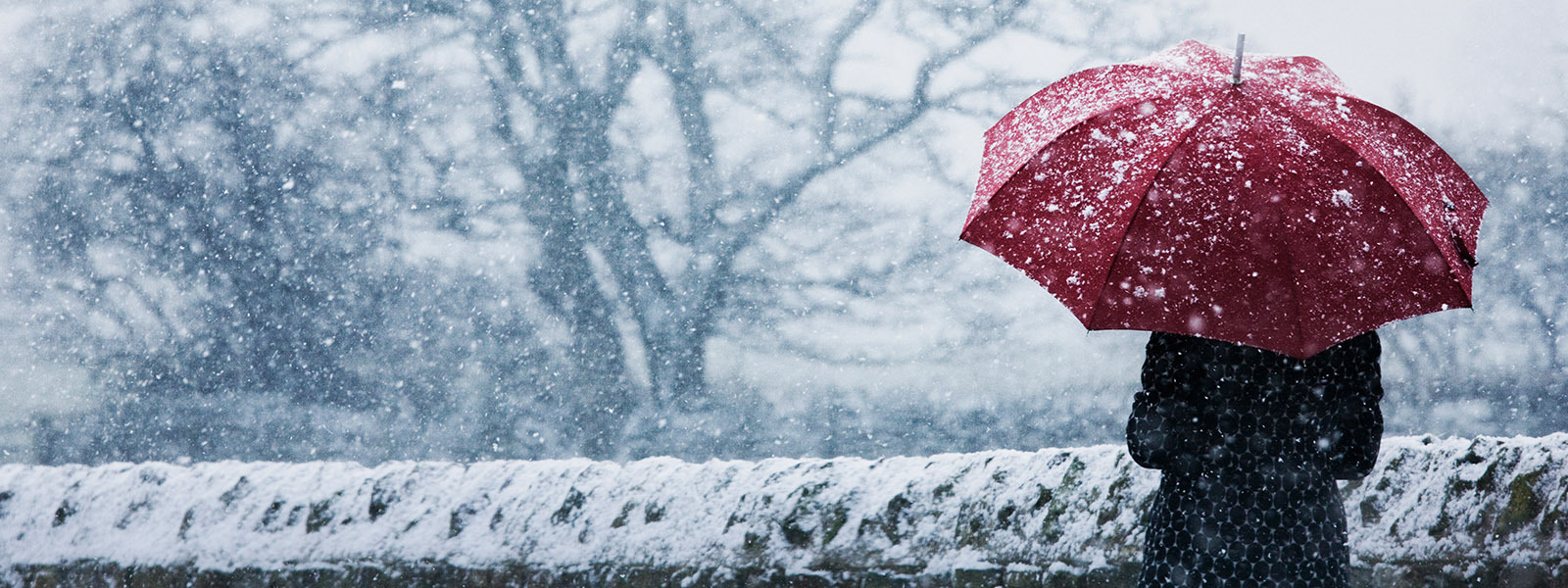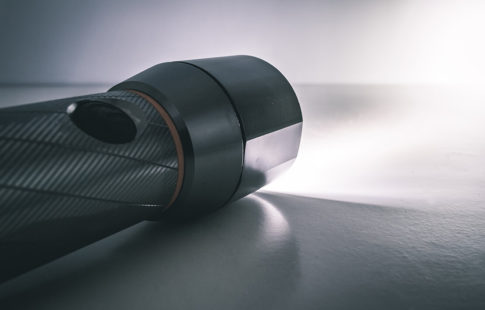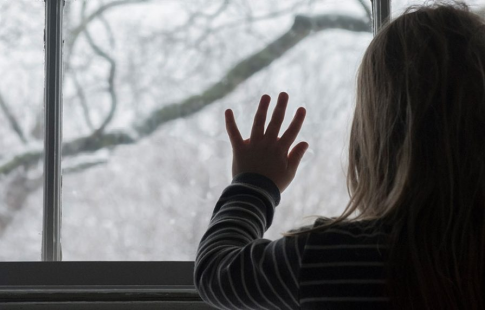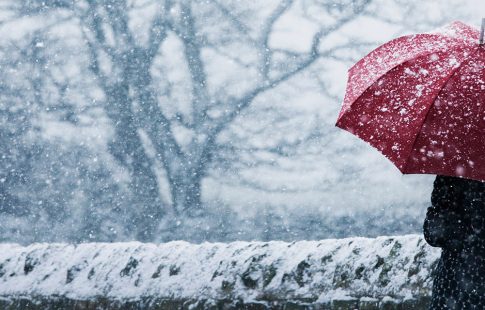Estimated reading time: 4 minutes
Winter weather can mean many things: snow, ice, freezing rain, strong winds, freezing cold temperatures, and anything in between. Make sure that your home and everything in it—including your loved ones—are safe when winter weather hits by planning ahead. This way, you’ll be ready for a winter weather emergency if a storm hits your area. Here are 7 winter weather emergency tips to help you get started.
1. Sign up for local alerts and warnings.
Stay up to date with winter weather in your area by signing up for emergency notification systems. The National Weather Service provides alerts and warnings for all hazards through the National Oceanic Atmospheric Administration. If you are deaf or hard of hearing, consider finding a radio receiver that is made to work with external notification devices.
2. Create emergency communication plans.
Since you might not have access to your landline or cell phone during a winter weather emergency, it’s important to decide with your loved ones how you will get in contact with one another if you are caught in a storm. Keep important phone numbers and addresses in your wallet or purse and designate an out-of-town contact who could help your family reconnect, if necessary. It’s also a good rule of thumb to designate a nearby meeting place where your family can go if your home loses heating. For more information on creating a communication plan, see Ready.gov’s tips here.
3. Stock up on emergency supplies.
You should have enough food and water on hand to last your family a few days, and things like blankets and extra coats to help you stay warm in your home, car, and even workplace in case of a natural disaster or winter weather emergency. Tools and safety items, medical supplies and medications, and important documents should also be kept with emergency supplies. Consider building up supplies over time so that you’re ready when an emergency comes and be sure to install battery powered or battery backed-up carbon monoxide and smoke detectors.
4. Winterize your home and vehicle.
Make sure that your home and car are ready for everything that winter weather brings. At home, winterize by ensuring you have sufficient insulation in your walls and attic, caulk any open cracks and replace weather stripping around your doors, install storm windows, maintain heating equipment, insulate water pipes, and clean out your rain gutters. It’s also smart to keep a fire extinguisher on hand.
Consider hiring a contractor to inspect your roof to make sure it can sustain the heavy weight of ice and snow before winter hits. Also, have a mechanic check your vehicle to ensure the following things are working properly: antifreeze levels, battery and ignition system, brakes, exhaust system, fuel and air filters, heater and defroster, lights and flashing hazard lights, oil, thermostat, windshield wiper equipment, and winter tires.
5. Review your property insurance.
If anything were to happen to your home in the event of a winter weather emergency, you want to make sure that your insurance provider will be able to cover the damages. It’s a good idea to review your property insurance, your homeowner’s or renter’s policy, or your business insurance policy to find out whether you have the right coverage for your property and your personal belongings. You can even take pictures of certain things before an emergency to help with claims in the event that there are damages. There can be a risk of flooding when snow melts, so talk to your insurance agent about flood insurance if you aren’t already covered.
6. Know your family members’ specific needs.
If you or any of your family members have an existing medical condition, you should be equipped with any and all medications, mobility devices, oxygen, or other assistive medical technology you might need. Make sure that you have the proper supply of prescriptions and battery backups to last through the storm.
7. Be aware of the effects of winter weather emergencies.
Always wear layers of warm clothing if you must go outside during winter weather, and be sure to cover your entire body from the cold so that you don’t lose any body heat. As Ready.gov notes, winter weather events can create risks, including hypothermia and frostbite. They add that signs of hypothermia include “shivering, exhaustion, confusion, fumbling hands, memory loss, slurred speech, or drowsiness.” Signs of frostbite include “numbness, white or grayish-yellow skin, and firm or waxy skin.”
To learn more about how to prevent these and other risks due to winter storms, visit Ready.gov here.







